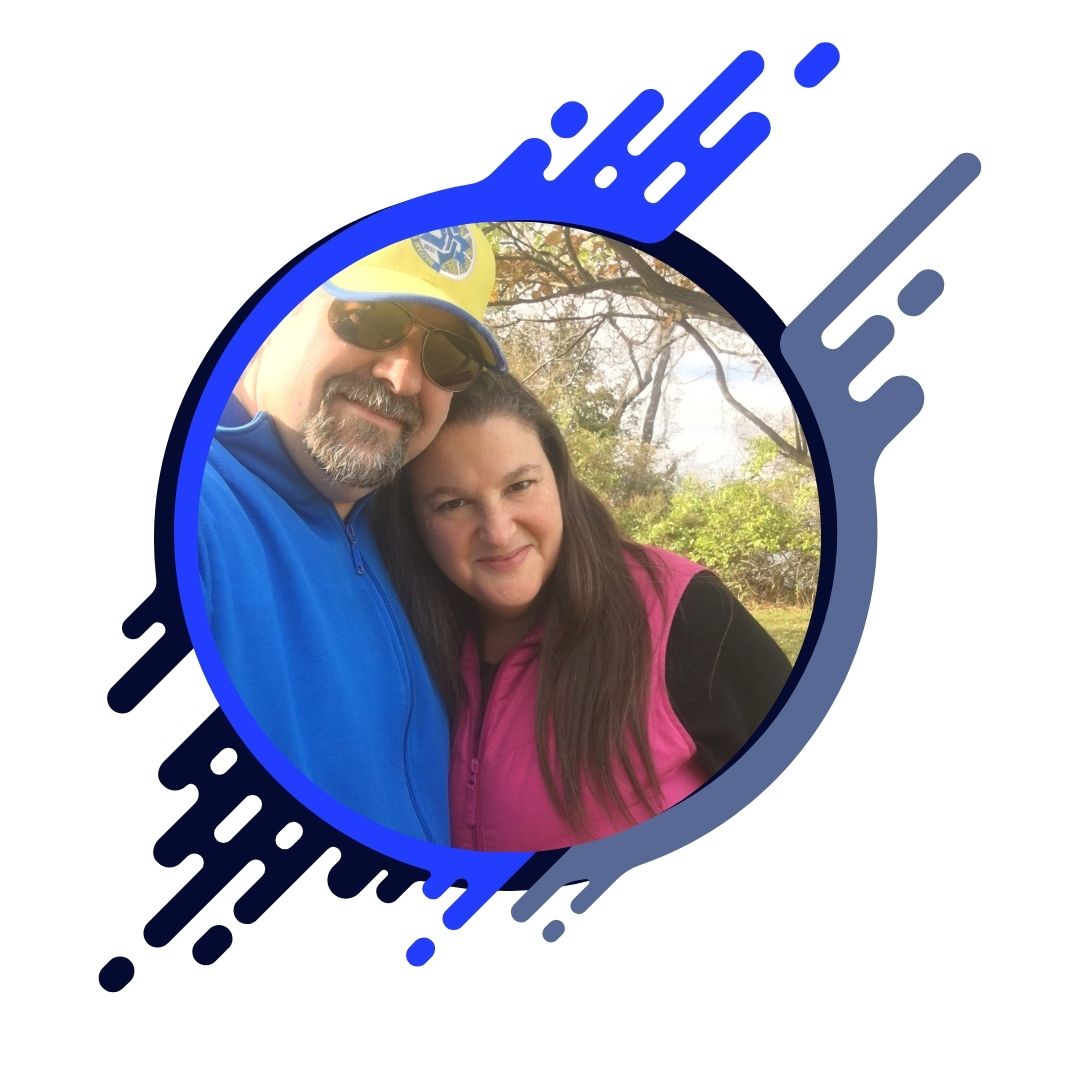
Attention-Deficit/Hyperactivity Disorder (ADHD) affects millions of children and adults worldwide, bringing challenges with focus, impulse control, and emotional regulation. If you’re a parent of a child diagnosed with ADHD or someone on a wellness journey looking into holistic approaches, you might feel overwhelmed by the options. Traditional treatments like medication and therapy are often helpful, but what if there was another promising option grounded in brain science?
Enter neurofeedback—a non-invasive, science-backed method to train the brain and help regulate its activity. But how does neurofeedback work? More importantly, why does brainwave activity play such a critical role in managing ADHD symptoms?
This blog uncovers the connection between ADHD and brainwave activity and explores how neurofeedback may offer hope and relief to those seeking alternative ADHD solutions.
Understanding ADHD and Brainwave Activity
Your brain communicates through tiny electrical signals called brainwaves. These brainwaves are divided into categories—such as delta, theta, alpha, beta, and gamma—each associated with specific mental states. For example, theta waves are connected to deep relaxation or daydreaming, while beta waves are linked to focus and alertness.
Research has shown that individuals with ADHD often experience imbalances in brainwave activity. Many exhibit excessive slow-wave activity (like theta waves) in regions of the brain critical for focus and decision-making. This imbalance can result in a constant state of “mental fog,” making it difficult to concentrate, sit still, or control impulses.
By addressing these brainwave irregularities, it may be possible to provide relief from ADHD symptoms—and this is where neurofeedback comes in.
What Is Neurofeedback?
Neurofeedback is a type of brain training that helps individuals self-regulate their brainwave activity. It’s based on the principle that, with guidance and practice, the brain can be encouraged to function more effectively.
Using advanced technology, neurofeedback practitioners monitor brainwave patterns in real time. When the brain produces healthy, balanced brainwave activity, the system provides positive reinforcement—such as a visual cue on a screen or a pleasant sound. Over time, the brain associates this feedback with optimal functioning, resulting in long-term improvements.
Unlike medication, neurofeedback teaches the brain to make lasting changes without introducing external substances, making it an appealing option for those seeking a natural approach to ADHD management.
How Neurofeedback Helps ADHD
People with ADHD often struggle with excessive slow-wave activity in their frontal lobe, which is responsible for attention, problem-solving, and emotional regulation. Neurofeedback aims to adjust this imbalance by encouraging the increase of faster brainwave activity (like beta waves) and reducing slower brainwave activity (like theta waves).
Key Benefits of Neurofeedback for ADHD
- Improved Focus and Attention
Training the brain to produce balanced brainwave patterns can lead to significant improvements in concentration, making tasks like studying or completing homework less overwhelming.
- Impulse Control
Many with ADHD struggle with acting before thinking. By regulating brainwave activity, neurofeedback can help improve decision-making and self-control.
- Reduced Hyperactivity
Hyperactivity is often tied to an overproduction of slow waves. Neurofeedback helps promote calmness and improve the ability to manage energy.
- Non-Invasive and Drug-Free
For parents hesitant about medication due to potential side effects, neurofeedback provides a natural alternative with minimal risk.
- Holistic and Personalized
Treatments are tailored to each individual’s specific brain activity, ensuring a customized approach to ADHD management.
What to Expect from Neurofeedback Sessions
A typical neurofeedback session begins with a brainwave assessment to identify areas of dysregulation. During the session, the individual wears sensors on their scalp to monitor brainwave activity while engaging in relaxing activities, such as watching a movie or playing a simple game designed to provide feedback.
For example, the movie may brighten when the brain produces desired brainwave patterns and dim when it doesn’t. These feedback mechanisms guide the brain to operate at balanced levels over time.
Most individuals require multiple sessions to see results, and consistency is key. While timelines vary, many people notice improvements within a few weeks to months of regular practice.
Is Neurofeedback Right for You or Your Child?
Deciding whether neurofeedback is the right option depends on your unique needs and goals. Here are a few questions to consider:
- Are you seeking a natural, non-invasive approach to managing ADHD?
- Have traditional treatments like medication or therapy provided only partial relief?
- Would you or your child benefit from a personalized solution tailored to brain activity?
If you answered yes to any of the above, neurofeedback might be worth exploring.
Building Community and Confidence
Living with ADHD, whether personally or through a loved one, can feel isolating—but it doesn’t have to be. Strategies like neurofeedback not only empower individuals to take control of their symptoms but also foster a sense of hope and connection within a supportive community of others exploring holistic solutions.
If you are ready to learn more, consult a qualified neurofeedback practitioner or explore ADHD support groups where others share their experiences. Remember that managing ADHD is a journey, and choosing the right tools can make all the difference.
Take the Next Step
Neurofeedback offers a fascinating and promising path to understanding and managing ADHD. By addressing the brainwave imbalances at the core of ADHD symptoms, it provides an innovative, drug-free way to support focus, impulse control, and emotional regulation.
If you’re curious about whether neurofeedback is the right fit for you or your child, start by consulting an expert. With professional guidance, patience, and consistency, this empowering approach could be one more step toward thriving with ADHD.


0 Comments